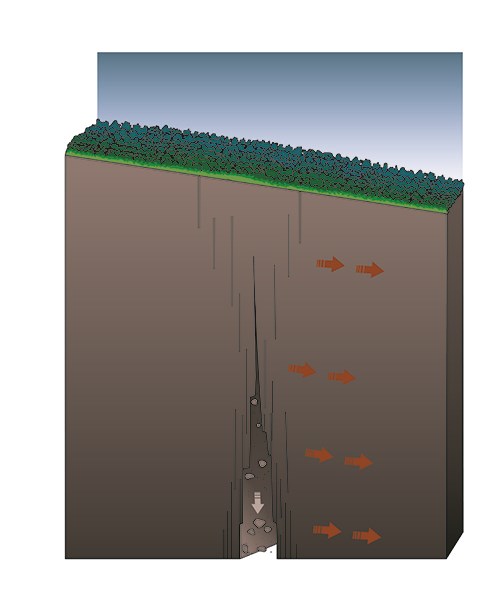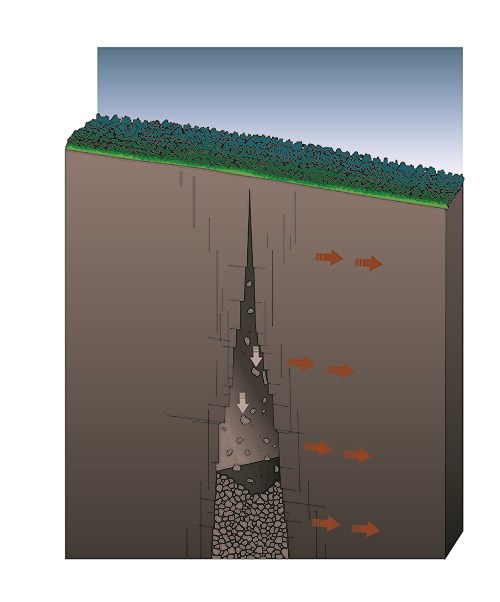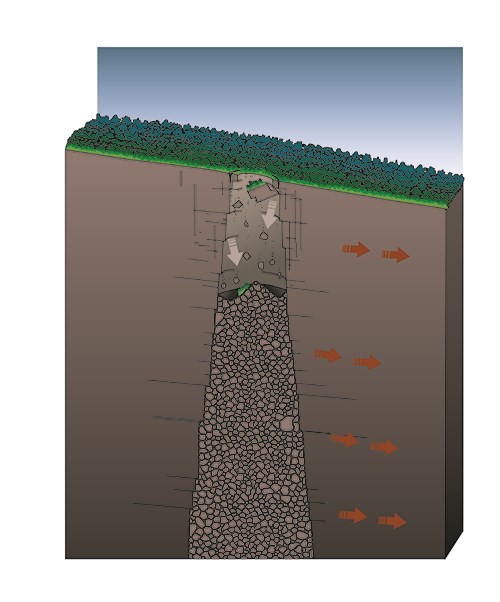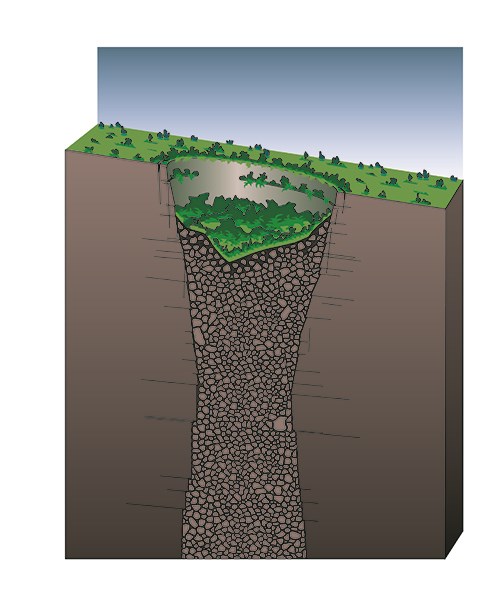
Visible at many overlooks along Chain of Craters Road, pit craters are depressions that form primarily as the earth fractures when a volcano shifts or expands. They are characterized by steep walls and a roughly round or ovular shape, often slightly elongated parallel to rift zones. Contrary to popular belief, pit craters do not form through explosive events or from the collapse of lava tubes. Seventeen pit craters have been identified along the East Rift Zone of Kīlauea, with several more located along the volcano’s Southwest Rift. They range from 26 to 3,740 feet wide (8 to 1140 m) and from 20 to 610 feet deep (6 to 186 m), with the largest being Makaopuhi Crater. Close by, Mauna Loa has ten named rift zone pit craters. The Hawaiian word most associated with craters is "lua," while the english term "pit crater" was first used by Lt. Charles Wilkes in 1845 to describe the dramatic holes he encountered in his travels along the East Rift Zone of Kīlauea. How Do Pit Craters Form?



|
Last updated: July 15, 2020
